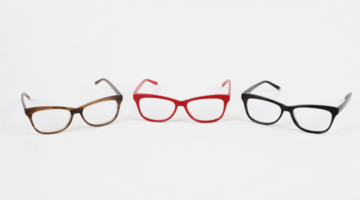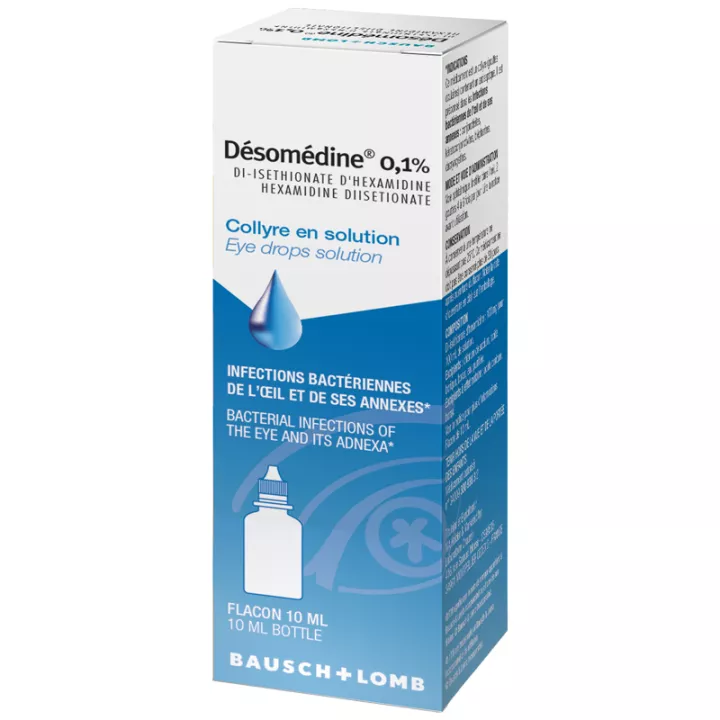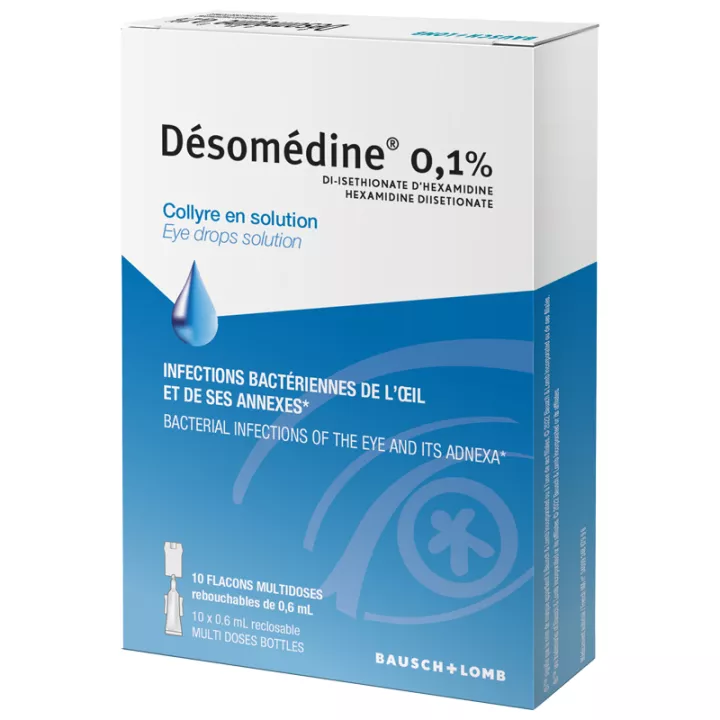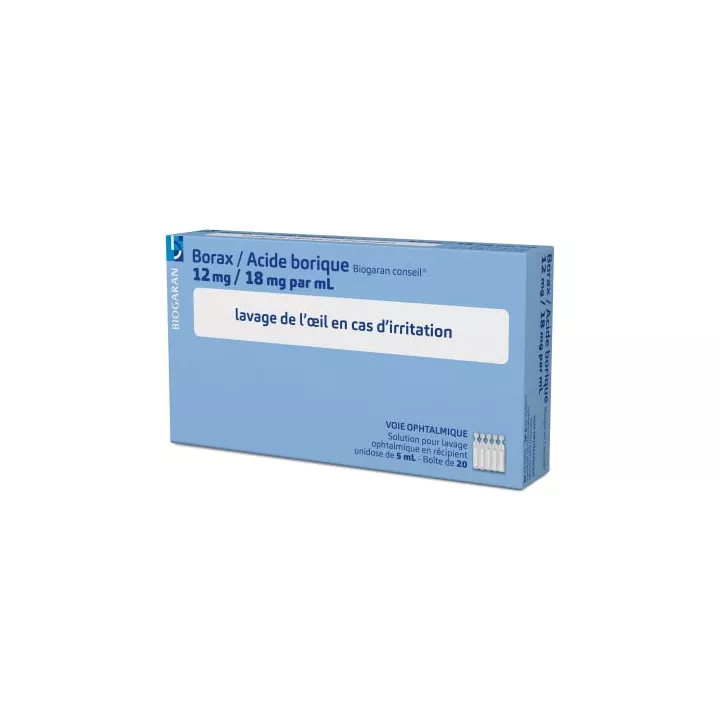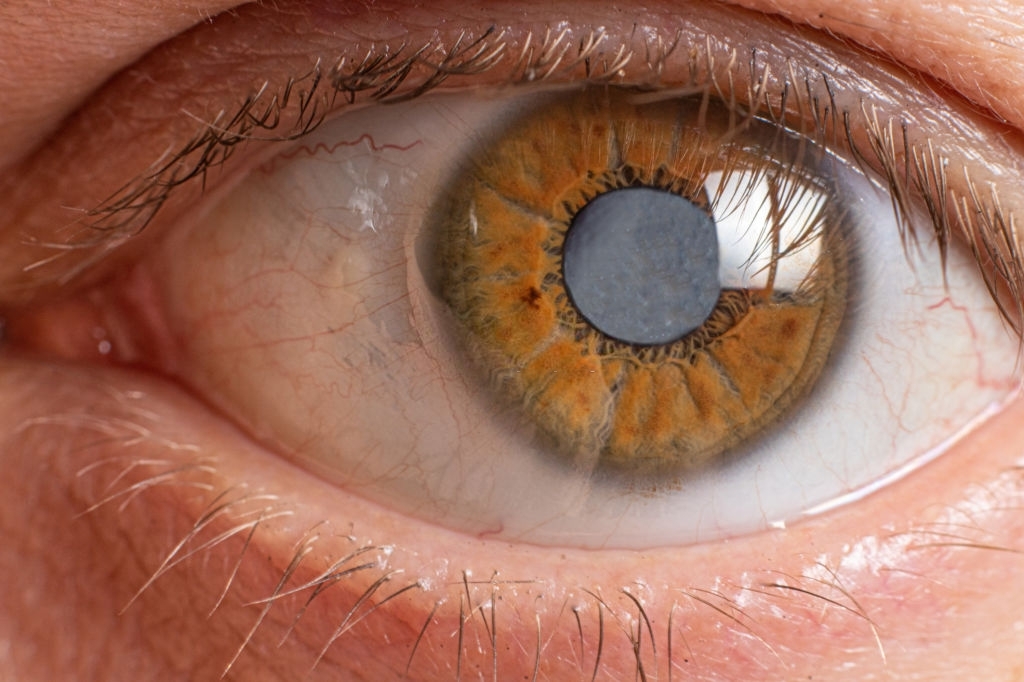NOTICE
ANSM - Last updated: 29/12/2015
Name of the medicinal product
MONOSEPT 0.25 FOR THOUSAND (0.1 mg / 0.4 ml), eye drops solution in single-dose container
Kethexonium (bromide)
framed
Read this leaflet carefully before you start using this medicine. It contains important information for your treatment.
If you have any further questions, ask your doctor or pharmacist.
· Keep this leaflet, you may need to read it again.
· If you need more information and advice, ask your pharmacist.
· If symptoms worsen or persist, consult a physician.
· If you notice any side effects not listed in this leaflet, or if you experience any of the effects listed as serious, please tell your doctor or pharmacist.
Review summary
In this notice :
1. WHAT IS MONOSEPT 0.25 FOR THOUSAND (0.1 mg / 0.4 ml), eye drops in solution in single-dose containers AND IN WHAT CASES IS IT USED?
2. BEFORE YOU USE MONOSEPT 0.25 FOR THOUSAND (0.1 mg / 0.4 ml), eye drops in solution in a single-dose container?
3. HOW TO USE MONOSEPT 0.25 FOR THOUSAND (0.1 mg / 0.4 ml), eye drops solution in single dose container?
4. WHAT ARE POSSIBLE SIDE EFFECTS?
5. HOW TO STORE MONOSEPT 0.25 FOR THOUSAND (0.1 mg / 0.4 ml), eye drops in solution in a single-dose container?
6. ADDITIONAL INFORMATION
1. WHAT IS MONOSEPT 0.25 FOR THOUSAND (0.1 mg / 0.4 ml), eye drops in solution in single-dose containers AND IN WHAT CASES IS IT USED?
Pharmacotherapeutic group
LOCAL ANTISEPTIC
(S = organ of the senses)
Therapeutic indications
Antiseptic treatment of the superficial affections of the eye and its appendages.
2. BEFORE YOU USE MONOSEPT 0.25 FOR THOUSAND (0.1 mg / 0.4 ml), eye drops in solution in a single-dose container?
List of information needed before taking the medication
Not applicable.
Cons-indications
Never use MONOSEPT 0.25 FOR THOUSAND (0.1 mg / 0.4 ml), eye drops in solution in single-dose containers in the following case:
· allergy to certain antiseptics (quaternary ammoniums).
IN CASE OF DOUBT, IT IS ESSENTIAL TO ASK FOR THE OPINION OF YOUR DOCTOR OR YOUR PHARMACIST.
Precautions for use; special warnings
Take special care with MONOSEPT 0.25 FOR THOUSAND (0.1 mg / 0.4 ml), eye drops in solution in single-dose containers:
Special warnings
In case of abnormal symptoms (redness and / or pain of the eye), consult your doctor.
Precautions for use
Use this medication CAUTION :
· do not touch the eye with the end of the unidose,
· the use of this eye drop should be avoided in the contact lens wearers in whom the risk of local intolerance is increased,
· follow the recommended dosage and do not prolong treatment beyond 15 days,
· unidose should be discarded immediately after use and should not be retained for reuse in subsequent administrations,
· in case of concomitant treatment with another eye drops, wait at least 15 minutes between each instillation.
IN CASE OF DOUBT DO NOT HESITATE TO REQUEST THE NOTICE OF YOUR DOCTOR OR PHARMACIST.
Interaction with other medicines
Taking or using other medicines:
IN ORDER TO AVOID INTERACTIONS BETWEEN SEVERAL MEDICINAL PRODUCTS, IN PARTICULAR WITH OTHER ANTISEPTICS, IT MUST BE INFORMED SYSTEMATICALLY OF ANY OTHER TREATMENT IN PROGRESS AT YOUR DOCTOR OR YOUR PHARMACIST.
In case of concomitant treatment with another eye drops, wait at least 15 minutes between each instillation.
Avoid wearing contact lenses.
Interactions with food and beverages
Not applicable.
Interactions with Herbal Medicines or Alternative Therapies
Not applicable.
Use during pregnancy and lactation
Pregnancy and breast feeding
This medication, under normal conditions of use, may be used during pregnancy and lactation.
In general, you should seek advice from your doctor or pharmacist before taking any medication.
Sport
Not applicable.
Effects on ability to drive or use machines
Driving and using machines:
Short visual disturbance may occur after instillation of the product. Wait for restoration of normal vision before driving or using machines.
List of excipients with known effect
Not applicable.
3. HOW TO USE MONOSEPT 0.25 FOR THOUSAND (0.1 mg / 0.4 ml), eye drops in solution in a single-dose container?
Instructions for proper use
Not applicable.
Dosage, Mode and / or route (s) of administration, Frequency of administration and Duration of treatment
Dosage
1 drop, 3 to 4 times a day.
Method and route of administration
Local track
IN EYE INSTILLATION
Looking up and pulling the lower lid slightly downwards, instill 1 drop of eye drops into the eye
To use unidose, you must do the following:
· when the 1 st use, open the envelope in which the single doses are packed, remove the wafer from its protective envelope,
· tear off the unidose of the plate by grasping the unidose to be detached in one hand and the plate in the other hand,
· to open the unidose, take one end in each hand and vigorously rotate in order to break the weld,
· reverse the unidose, in order to lower its contents towards the open end, instill the eye drops into the eye or the eyes to be treated, pressing the unidose.
In order to instill a solution which is always sterile, use a new single dose in each application.
Frequency and Timing of Medication
3 to 4 instillations per day.
Duration of treatment
On average 7 days
Do not prolong treatment beyond 15 days.
Symptoms and Instructions for Overdose
If you used more MONOSEPT 0.25 FOR THOUSAND (0.1 mg / 0.4 ml), eye drops solution in a single dose container you should not have:
In case of overdosage, rinse with sterile saline solution.
Instructions for omission of one or more doses
If you forget to take MONOSEPT 0.25 FOR THOUSAND (0.1 mg / 0.4 ml), eye drops solution in single dose container:
Do not take a double dose to make up for the single dose you have forgotten to take
Risk of withdrawal syndrome
Not applicable.
4. WHAT ARE POSSIBLE SIDE EFFECTS?
Description of adverse reactions
Like all medicines, this medicine may cause side effects, although not everybody gets them.
A reaction of local intolerance is possible. In case of abnormal symptoms (redness and / or pain of the eye) stop the treatment, and consult your doctor.
Declaration of side effects
If you experience any side effects, talk to your doctor or pharmacist. This also applies to any side effects not mentioned in this leaflet. You can also report adverse reactions directly via the national reporting system: National Agency for the Safety of Medicines and Health Products (ANSM) and network of Regional Centers of Pharmacovigilance - Website: www.ansm.sante.fr . By reporting adverse reactions, you are helping to provide more information about the safety of the drug.
5. HOW TO STORE MONOSEPT 0.25 FOR THOUSAND (0.1 mg / 0.4 ml), eye drops in solution in a single-dose container?
Keep out of the reach and sight of children.
Expiration date
Do not use MONOSEPT 0.25 FOR THOUSAND (0.1 mg / 0.4 ml), eye drops solution in single dose container after the expiry date stated on the outer packaging.
Storage conditions
This medication should be stored at a temperature below 25 ° C.
This medication should not be stored after use.
If necessary, warnings against visible signs of deterioration
Medicines should not be disposed of via wastewater or household waste. Ask your pharmacist what to do with unused medications. These measures will help protect the environment.
6. ADDITIONAL INFORMATION
Full list of active substances and excipients
What is contained in MONOSEPT 0.25 FOR THOUSAND (0.1 mg / 0.4 ml), eye drops in solution in a single-dose container?
The active substance is :
Cethexonium bromide ............................................... .................................................. .................. 0.1 mg
For a single-dose container of 0.4 ml.
The other components are:
Sodium chloride, water for injections
Pharmaceutical form and content
What is MONOSEPT 0.25 FOR MILLE (0.1 mg / 0.4 ml), eye drops in solution in single-dose containers and contents of the pack?
This medicinal product is in the form of eye drops in solution in a single-dose container. Box of 10, 20 or 30 single-dose containers.
Name and address of the marketing authorization holder and the holder of the manufacturing authorization responsible for the release of the lots, if different
Holder
HORUS PHARMA
148 AVENUE GEORGES GUYNEMER
CAP VAR
06700 SAINT-LAURENT-DU-VAR
exploiting
HORUS PHARMA
148, AVENUE GEORGES GUYNEMER
CAP VAR
BUILDING C1
06700 SAINT LAURENT DU VAR
Maker
UNITHER LABORATORIES
INDUSTRIAL ZONE
RUE ANDRE DUROUCHEZ
80052 AMIENS CEDEX
or
EXCELVISION
RUE DE LA LOMBARDIERE
BP 131
07104 ANNONAY CEDEX
Names of the medicinal product in the Member States of the European Economic Area
Not applicable.
Date of approval of the notice
The last date on which this leaflet was approved is {date}.
AMM under exceptional circumstances
Not applicable.
Internet Information
Detailed information on this medicine is available on the Afssaps website (France).
Information for health professionals only
Not applicable.
Other
Not applicable.
